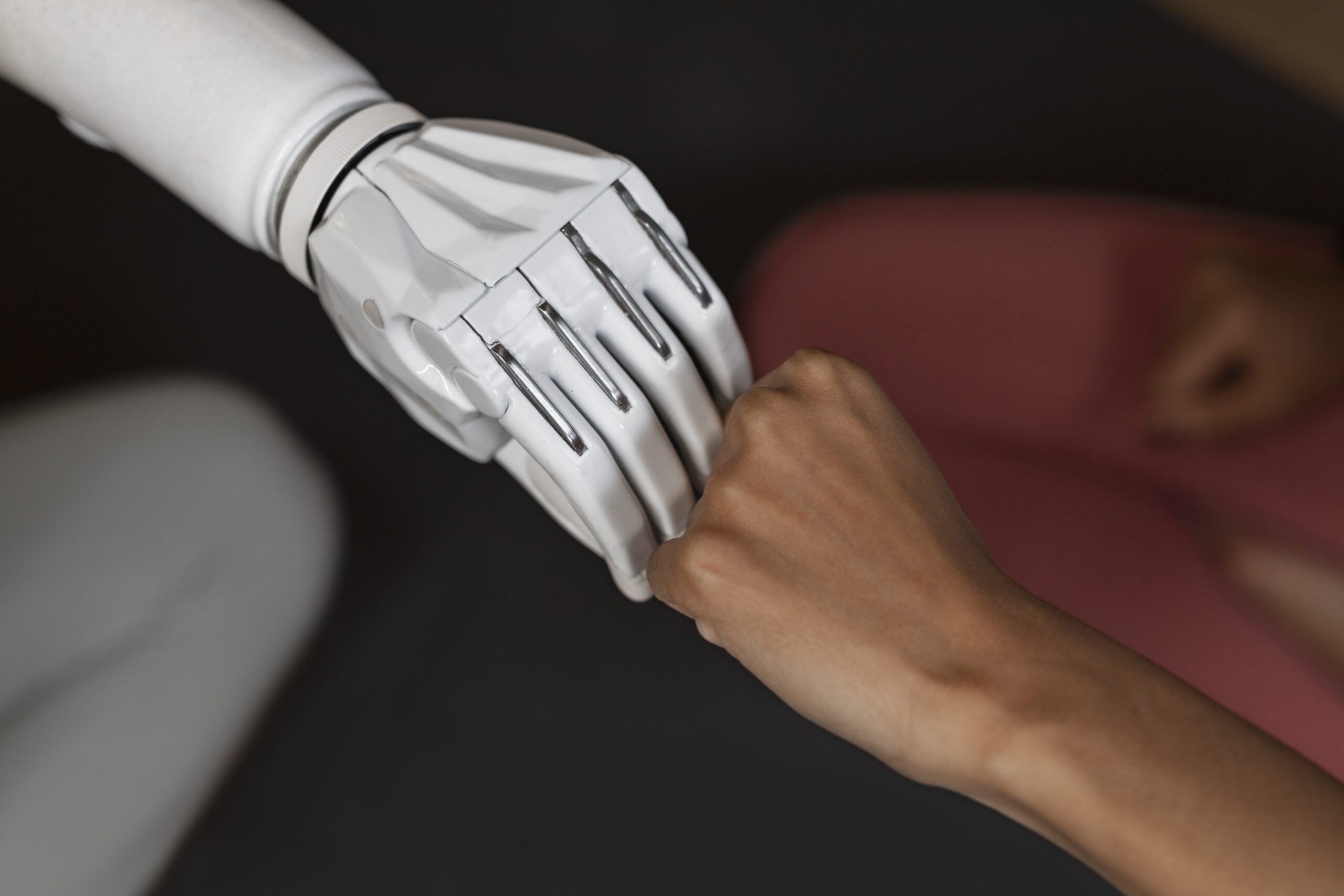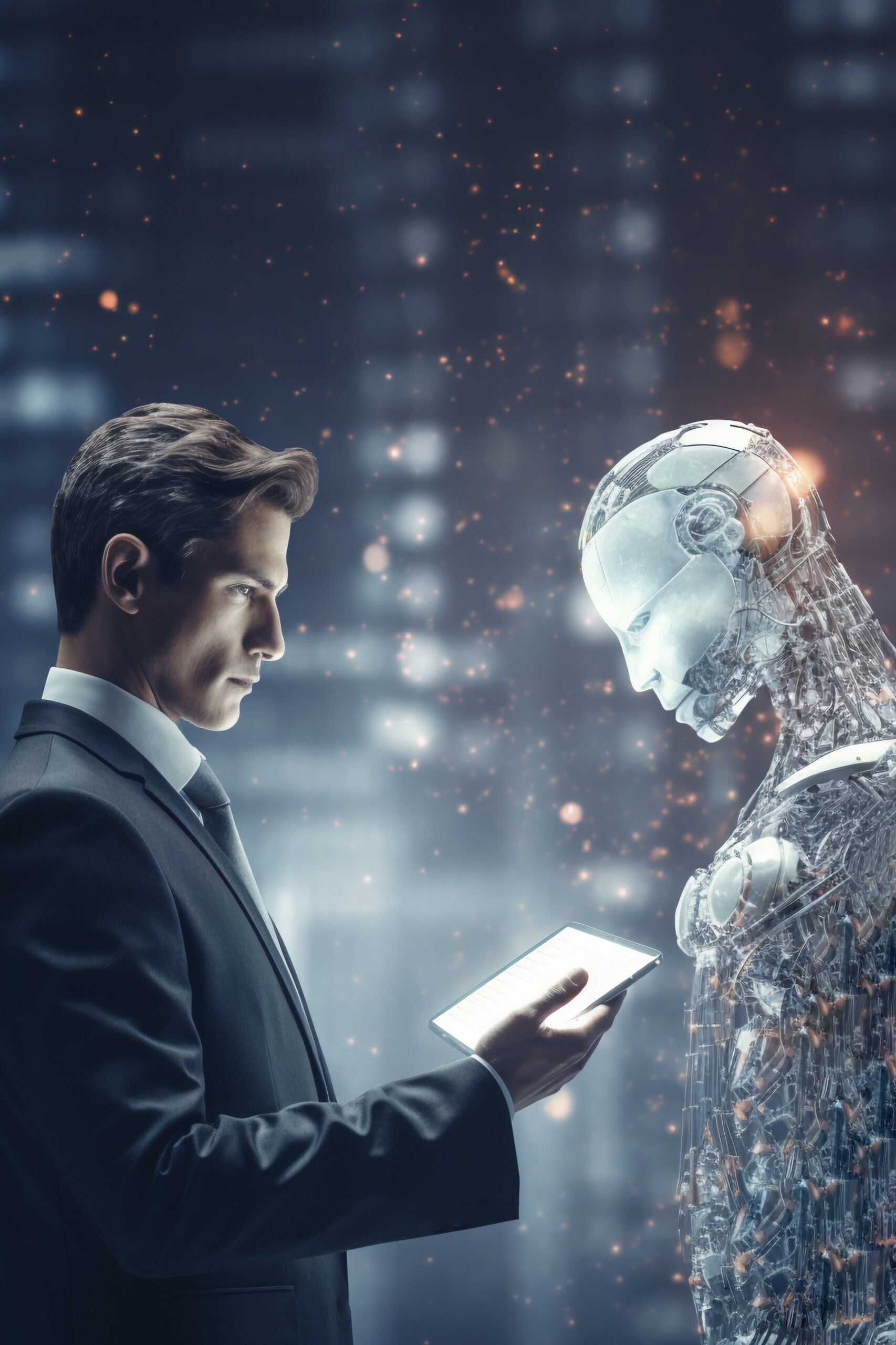Amazon continues to push the boundaries of warehouse automation with its latest innovation, a robot named Vulcan. Unlike conventional robots, Vulcan possesses a tactile sense, enabling it to handle objects with a level of dexterity that brings it closer to human capabilities. This groundbreaking technology is set to transform the logistics industry, making the fulfillment process faster, more efficient, and less reliant on human labor.
Why Vulcan is a Milestone in Robotics
Vulcan represents a significant leap in robotic automation because it addresses a critical limitation of traditional robots – the inability to sense and interact with objects as precisely as a human hand. Traditional robots often struggle with tasks that require subtle movements, like picking a single item from a crowded shelf without disturbing nearby objects. Vulcan changes this by incorporating advanced touch-sensing technology, giving it the ability to ‘feel’ objects as it navigates complex environments.
How Vulcan’s Tactile System Works
Vulcan features a conventional robotic arm equipped with a specialized spatula-like appendage designed for probing shelves and a suction cup for securely grabbing items. But what sets it apart is its sophisticated touch-sensing system. The robot’s joints are equipped with high-precision sensors that detect even the slightest pressure, allowing Vulcan to sense the edges and contours of various items. This tactile feedback is then processed by machine learning algorithms that interpret the data in real-time, enabling the robot to adapt its grip and movements based on the shape, size, and texture of objects.
“When you’re trying to stow or pick items in one of these pods, you can’t really do that task without making contact with the other items,” says Aaron Parness, Amazon’s director of robotics AI, who led the development of Vulcan. This touch-based approach gives Vulcan a significant edge in efficiency and accuracy, reducing the chances of errors and product damage during the picking process.
Advanced AI at the Core
The real magic behind Vulcan lies in its AI-powered control loop, which seamlessly integrates sensor data into its motion planning algorithms. According to Parness, the ‘special sauce’ is the way Amazon’s software interprets force and torque data to adjust the robot’s actions in real time. This allows Vulcan to make micro-adjustments on the fly, a critical capability when handling diverse products in Amazon’s sprawling fulfillment centers.
Real-World Deployment
Amazon has already deployed Vulcan in select fulfillment centers, including facilities in Hamburg, Germany, and Spokane, Washington. These robots work alongside human employees, assisting with back-breaking tasks like reaching for items stored high or deep within shelves. Items that Vulcan struggles to locate are seamlessly handed over to human workers, creating a hybrid workforce that blends the strengths of both machines and people.
The Future of Warehouse Automation
While Vulcan is a major step forward, it’s just the beginning. Amazon plans to extend this touch-sensing capability to its other warehouse robots, potentially revolutionizing the way goods are picked, packed, and shipped worldwide. This move aligns with Amazon’s broader strategy of integrating advanced robotics and artificial intelligence into every aspect of its operations, reducing labor costs and improving efficiency.
Human Jobs and the Automation Debate
Of course, the rise of warehouse robots like Vulcan also raises questions about the future of human jobs. While some fear widespread job losses, others argue that automation will create new roles as productivity increases. Amazon has already seen this play out, with new positions emerging to manage and maintain these increasingly complex robotic systems.
What’s Next for Vulcan?
Amazon’s ambitions don’t stop at warehouses. The company’s acquisition of AI firms like Covariant hints at a future where robots could play a much larger role in manufacturing and logistics. By refining the tactile abilities of its robots, Amazon is not just looking to automate more warehouse tasks but potentially bring manufacturing back to domestic soil, reducing dependency on overseas production.
Conclusion
Vulcan is more than just a clever piece of engineering it’s a glimpse into the future of logistics and manufacturing. With its human-like sense of touch, Vulcan is poised to redefine what robots can do, bridging the gap between human dexterity and machine efficiency. As this technology matures, it could dramatically reshape global supply chains, making them faster, more resilient, and less dependent on manual labor. For Amazon, and perhaps the broader economy, Vulcan represents a critical step toward a highly automated, AI-driven future.



